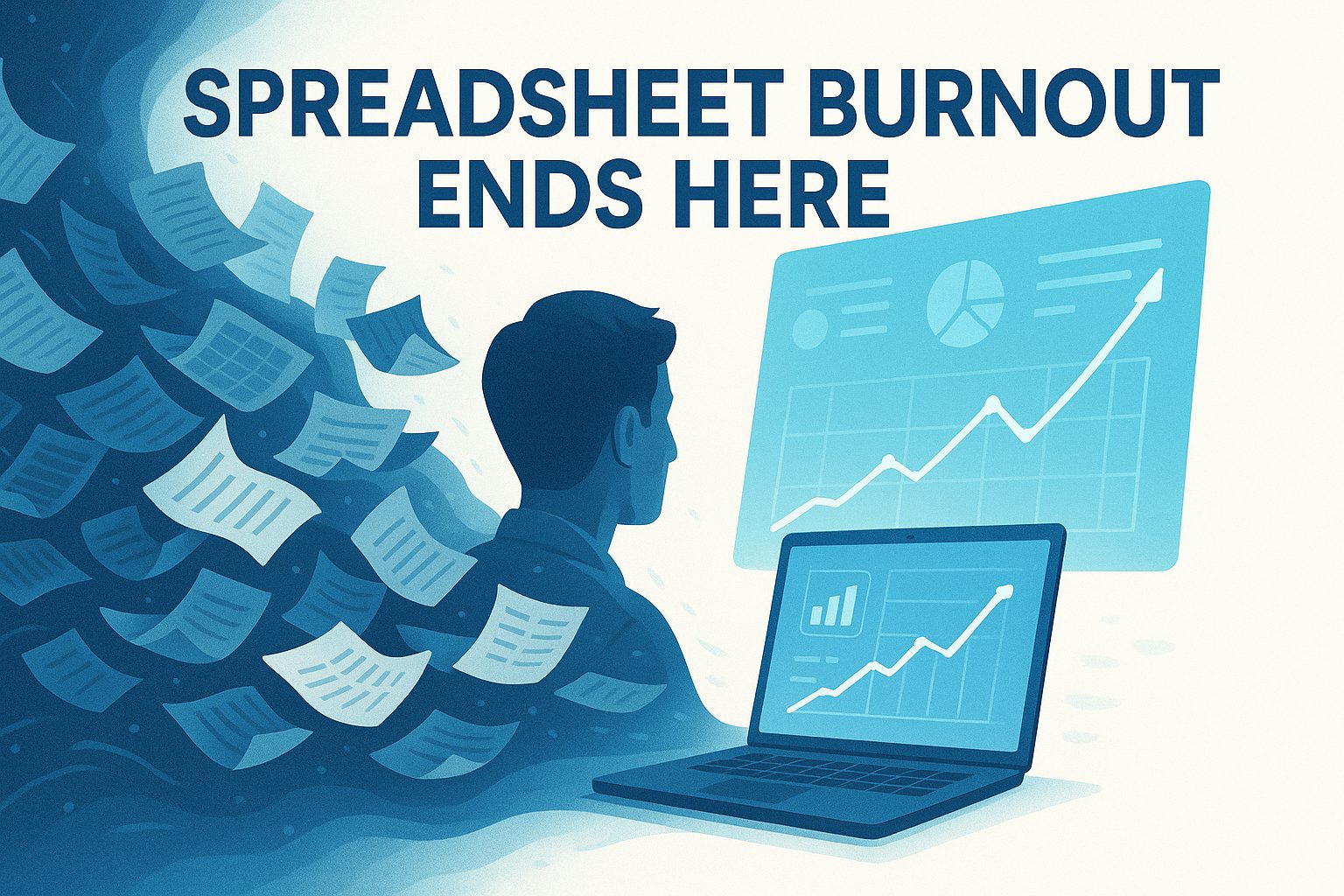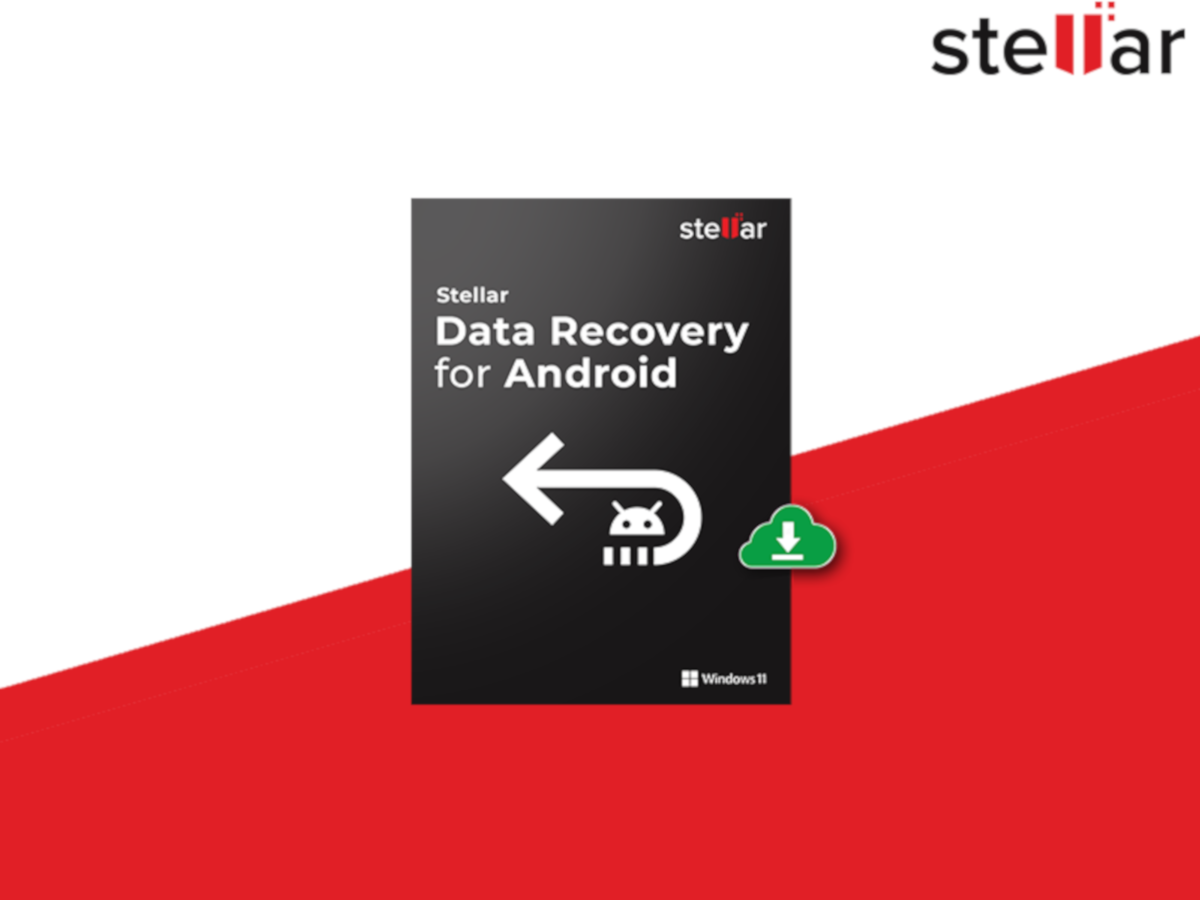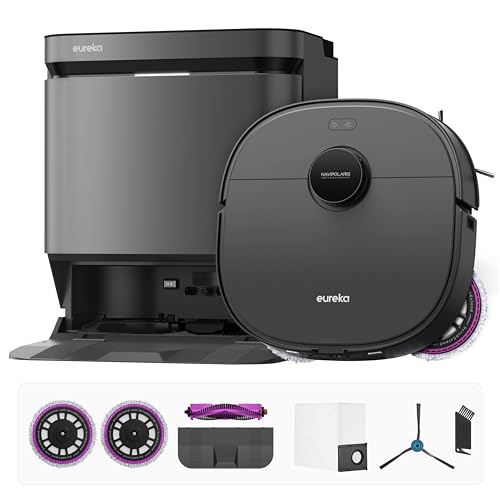If you’ve ever stared at your bank statement and wondered how you spent that much (or found yourself paying for a subscription you forgot months ago) you’re not alone. The same AI systems that are helping Fortune 500 CFOs close their books faster are now creeping into your phone, promising smarter budgets, fewer fees, and a little financial peace of mind.
But as with any new technology, there’s a gap between promise and payoff. Businesses are already reaping measurable gains from AI in financial reporting. Now, the question is whether consumers can capture the same value without a finance department or an MBA.
From Boardroom to Bedroom Budgeting
AI isn’t just a buzzword in finance. A joint MIT and Stanford study found that companies using generative AI for accounting and close processes cut preparation time by 7.5 days, improved reporting accuracy, and freed employees to focus on strategy instead of spreadsheets. That efficiency echoes what enterprise providers like HighRadius report: firms adopting AI-based record-to-report solutions can reduce financial close cycles by up to 60%.
Whitepapers like HighRadius’ 2025 Reporting Datasheet and its Top 10 AI Use Cases for Financial Consolidation and Reporting show how CFOs are deploying predictive analytics, anomaly detection, and automation to speed up reconciliations and eliminate human error.
KPMG’s own review of AI in financial reporting and audit echoes this, noting that 78% of global finance teams are testing or scaling AI systems to streamline reporting. PwC’s research on AI agents for finance and reporting highlights autonomous “copilot” systems now capable of preparing variance analyses, checking journal entries, and suggesting corrections before human review.
Even mid-market firms are onboard: DFIN Solutions, Decimal, Zeni, and LeewayHertz all document AI-driven gains in accuracy and data governance.
Bottom line: if corporations are saving days (and millions) through automation, the same playbook should help individuals save hours and dollars.
The Consumer Turn: Smarter Money Without the Spreadsheet
AI-driven personal finance apps aren’t new, but they’re evolving fast. The global market for AI-powered personal finance tools hit $1.48 billion in 2024 and is expected to top $3.7 billion by 2033, according to Market.us. And younger generations are leading the charge: a 2025 BMO survey found 61% of Gen Z already use AI for budgeting, investing, or savings decisions.
Unlike old-school budgeting software, these systems interpret your money. They analyze spending behavior, flag anomalies, suggest savings opportunities, and even automate small decisions like rounding up spare change into savings or identifying recurring charges you’ve forgotten.
The result is a self-updating dashboard that acts like a digital financial coach.
The Savings Add Up (Quietly)
The numbers might sound modest next to corporate cost cuts, but they’re meaningful for individual households. Research aggregated by Bankrate shows that AI finance apps like Cleo, Rocket Money, and Hopper save users between $80 and $500 per year by automating cancellations, optimizing bills, and finding cheaper alternatives.
That doesn’t include behavioral benefits: apps like Cleo and Qapital gamify saving, nudging users to stash extra cash every time they skip a coffee or come under budget for groceries. In one Mint internal test, AI-driven overdraft prediction saved more than $3 million in fees across users by flagging risk days before bank alerts.
It’s a reminder that small optimizations, multiplied by consistency, can change your financial trajectory far faster than another budgeting resolution.
The Reality Check
As promising as it sounds, consumer AI finance isn’t foolproof. A recent Investopedia survey found that 19% of users who acted on AI-generated financial advice lost money—proof that context still matters. Unlike enterprise systems trained on validated ledgers, consumer tools depend on data you connect and assumptions you trust.
Experts also warn that AI can reinforce bad habits if it learns from flawed behavior, like overspending on credit or ignoring savings goals. Privacy, too, remains a concern: many of these platforms require deep access to transaction data to be effective.
Treat AI as your financial assistant, not your financial authority.
The Bottom Line
The same AI revolution transforming CFO suites is reshaping personal finance, only now, the spreadsheets are smaller, and the stakes are your bank balance. Businesses have proven the model: automation reduces friction, speeds up decision-making, and saves money. Consumers can capture those same efficiencies, provided they stay engaged and skeptical.
Whether you’re saving for a down payment, cutting back on late-night Amazon sprees, or just tired of feeling broke before payday, AI isn’t here to replace you. It’s here to make your money management a little smarter—and your weekends a little freer.
Because, honestly? Nobody ever bragged about reconciling their budget by hand.




























